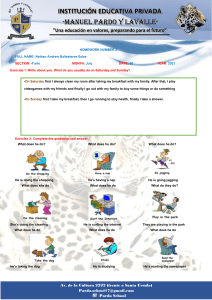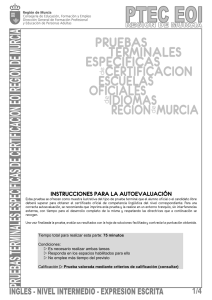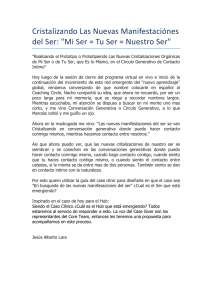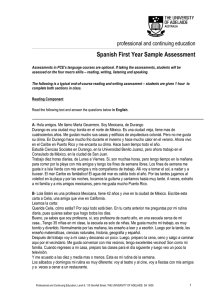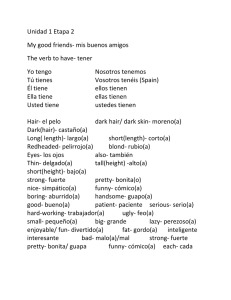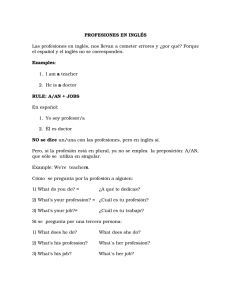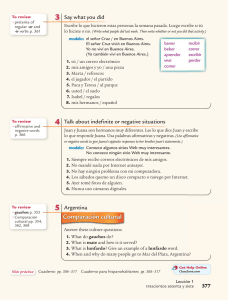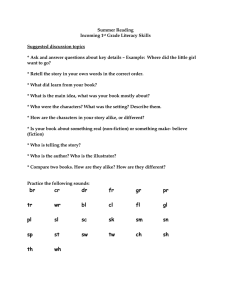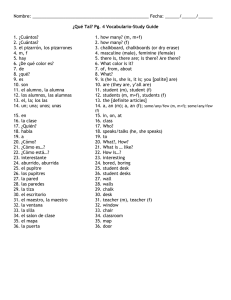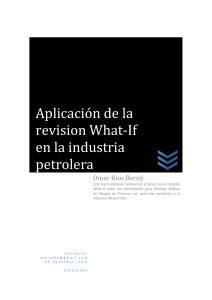Trabajo sobre fuentes históricas
Anuncio
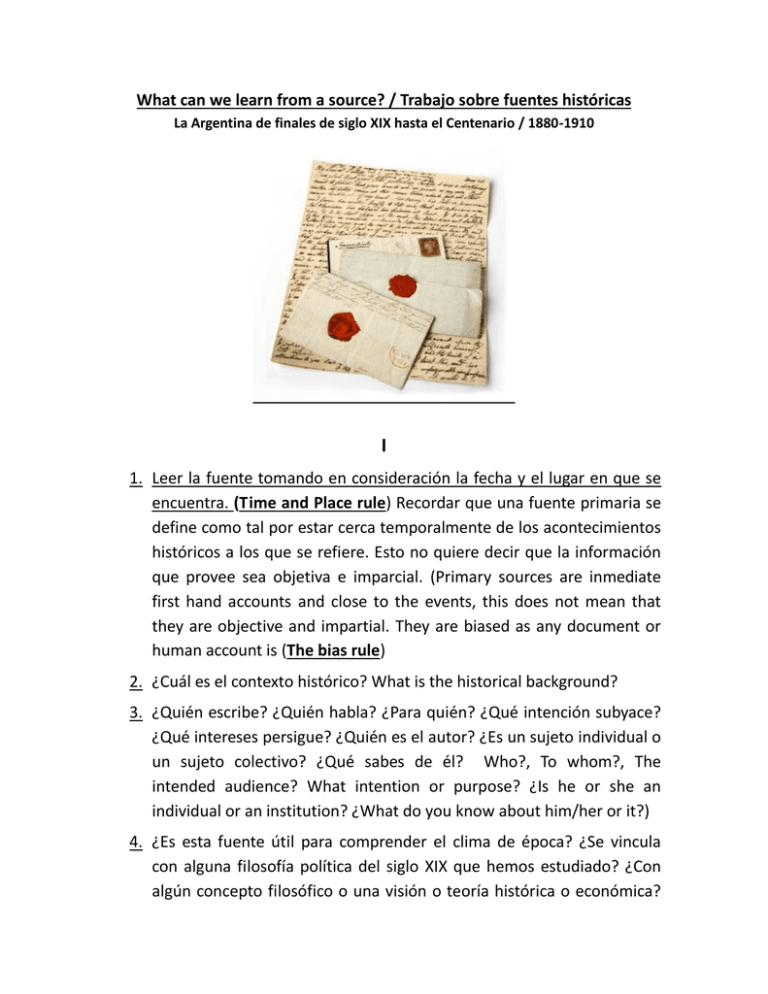
What can we learn from a source? / Trabajo sobre fuentes históricas La Argentina de finales de siglo XIX hasta el Centenario / 1880-1910 I 1. Leer la fuente tomando en consideración la fecha y el lugar en que se encuentra. (Time and Place rule) Recordar que una fuente primaria se define como tal por estar cerca temporalmente de los acontecimientos históricos a los que se refiere. Esto no quiere decir que la información que provee sea objetiva e imparcial. (Primary sources are inmediate first hand accounts and close to the events, this does not mean that they are objective and impartial. They are biased as any document or human account is (The bias rule) 2. ¿Cuál es el contexto histórico? What is the historical background? 3. ¿Quién escribe? ¿Quién habla? ¿Para quién? ¿Qué intención subyace? ¿Qué intereses persigue? ¿Quién es el autor? ¿Es un sujeto individual o un sujeto colectivo? ¿Qué sabes de él? Who?, To whom?, The intended audience? What intention or purpose? ¿Is he or she an individual or an institution? ¿What do you know about him/her or it?) 4. ¿Es esta fuente útil para comprender el clima de época? ¿Se vincula con alguna filosofía política del siglo XIX que hemos estudiado? ¿Con algún concepto filosófico o una visión o teoría histórica o económica? (Behind the surface of the content of the source is there any political or philosophical theory you distinguish? Any economical theory or vision? Does it give you further information about the author, the time it was issued?, the situation? Is there an underlying message? 5. ¿Qué omite? Los silencios. What abut the silences? What does the author choose not to talk about? II Comparación de varias fuentes. (Differences / Cross-checking) Para que un trabajo de investigación tenga valor académico, las fuentes, además de tener que ser analizadas individualmente con sentido crítico, deben ser confrontadas con otras evidencias y otras fuentes de la época. (In any serious research each individual evidence and source must be crosschecked and compared with related sources and pieces of evidence) 1. ¿Cómo difiere el contenido de cada fuente? (How does the content differ?) ¿Hay diferencias en el estilo, el énfasis, la selección de palabras? (Are there any differences in word selection, emphasis and tone?) ¡Ejemplo! 2. ¿Por qué se diferencian? (Why do they differ? Who wrote them? Why? With what intentions?) ¡Ejemplo! 3. ¿Cuál es la fortaleza de cada fuente? ¿Cuál su debilidad? (What are the strenghts and limitations of the source) A veces algunas fuentes no tienen mucho valor en cuanto a su contenido pero si en cuanto a las opiniones, intenciones y prejuicios de los autores. (A source can be limited and inaccurate in telling facts but very useful in revealing opinions, purposes and prejudices of the author and in revealing the authors point of view.) III Conclusiones (Conclusions) Las fuentes históricas proveen información directa e información inferida. (Sources provide surface and inferred information). El análisis cruzado de fuentes no sólo nos provee de puntos de vista contrapuestos sino también de visiones complementarias para comprender los procesos históricos. (Different sources provide information about both sides of an argument but also help to understand the whole dimension of an historical process or event we are researching.) H. Schulz May 2013
